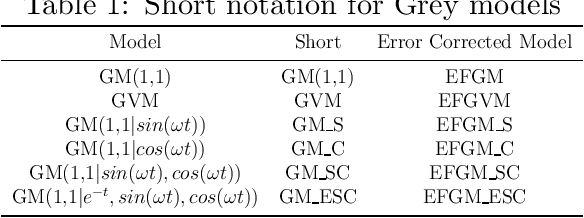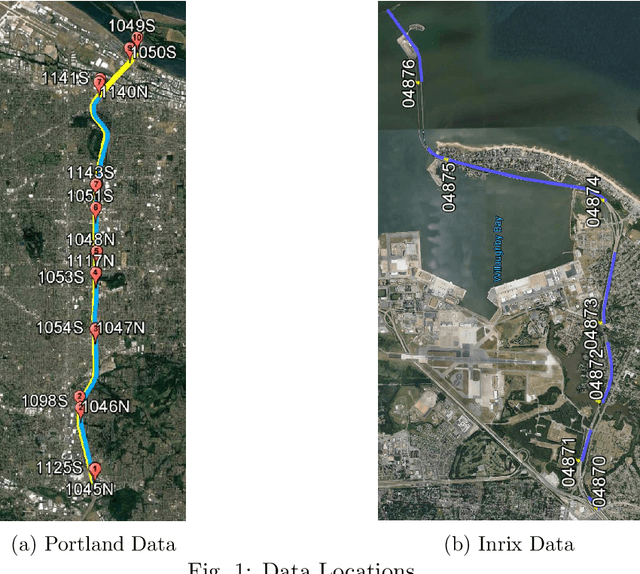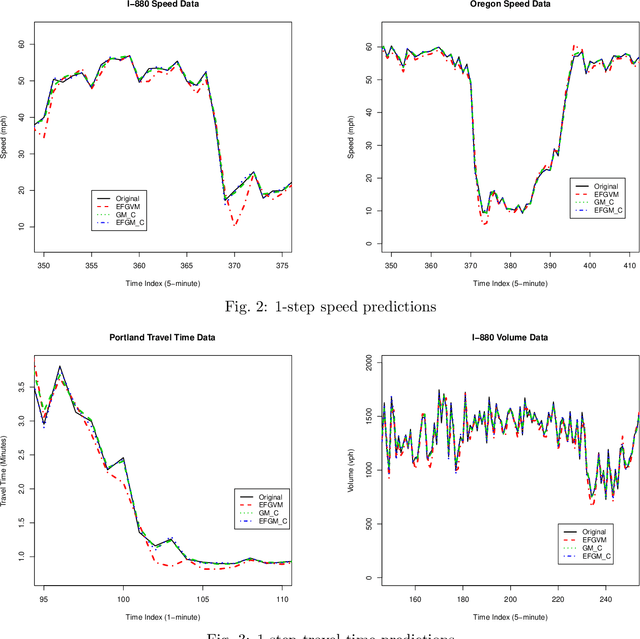Nathan Huynh
Evaluation of Google's Voice Recognition and Sentence Classification for Health Care Applications
Feb 02, 2024Abstract:This study examined the use of voice recognition technology in perioperative services (Periop) to enable Periop staff to record workflow milestones using mobile technology. The use of mobile technology to improve patient flow and quality of care could be facilitated if such voice recognition technology could be made robust. The goal of this experiment was to allow the Periop staff to provide care without being interrupted with data entry and querying tasks. However, the results are generalizable to other situations where an engineering manager attempts to improve communication performance using mobile technology. This study enhanced Google's voice recognition capability by using post-processing classifiers (i.e., bag-of-sentences, support vector machine, and maximum entropy). The experiments investigated three factors (original phrasing, reduced phrasing, and personalized phrasing) at three levels (zero training repetition, 5 training repetitions, and 10 training repetitions). Results indicated that personal phrasing yielded the highest correctness and that training the device to recognize an individual's voice improved correctness as well. Although simplistic, the bag-of-sentences classifier significantly improved voice recognition correctness. The classification efficiency of the maximum entropy and support vector machine algorithms was found to be nearly identical. These results suggest that engineering managers could significantly enhance Google's voice recognition technology by using post-processing techniques, which would facilitate its use in health care and other applications.
Improved Grey System Models for Predicting Traffic Parameters
Nov 18, 2020



Abstract:In transportation applications such as real-time route guidance, ramp metering, congestion pricing and special events traffic management, accurate short-term traffic flow prediction is needed. For this purpose, this paper proposes several novel \textit{online} Grey system models (GM): GM(1,1$|cos(\omega t)$), GM(1,1$|sin(\omega t)$, $cos(\omega t)$), and GM(1,1$|e^{-at}$,$sin(\omega t)$,$cos(\omega t)$). To evaluate the performance of the proposed models, they are compared against a set of benchmark models: GM(1,1) model, Grey Verhulst models with and without Fourier error corrections, linear time series model, and nonlinear time series model. The evaluation is performed using loop detector and probe vehicle data from California, Virginia, and Oregon. Among the benchmark models, the error corrected Grey Verhulst model with Fourier outperformed the GM(1,1) model, linear time series, and non-linear time series models. In turn, the three proposed models, GM(1,1$|cos(\omega t)$), GM(1,1$|sin(\omega t)$,$cos(\omega t)$), and GM(1,1$|e^{-at}$,$sin(\omega t)$,$cos(\omega t)$), outperformed the Grey Verhulst model in prediction by at least $65\%$, $16\%$, and $11\%$, in terms of Root Mean Squared Error, and by $82\%$, $58\%$, and $42\%$, in terms of Mean Absolute Percentage Error, respectively. It is observed that the proposed Grey system models are more adaptive to location (e.g., perform well for all roadway types) and traffic parameters (e.g., speed, travel time, occupancy, and volume), and they do not require as many data points for training (4 observations are found to be sufficient).
Development of Statewide AADT Estimation Model from Short-Term Counts: A Comparative Study for South Carolina
Nov 30, 2017



Abstract:Annual Average Daily Traffic (AADT) is an important parameter used in traffic engineering analysis. Departments of Transportation (DOTs) continually collect traffic count using both permanent count stations (i.e., Automatic Traffic Recorders or ATRs) and temporary short-term count stations. In South Carolina, 87% of the ATRs are located on interstates and arterial highways. For most secondary highways (i.e., collectors and local roads), AADT is estimated based on short-term counts. This paper develops AADT estimation models for different roadway functional classes with two machine learning techniques: Artificial Neural Network (ANN) and Support Vector Regression (SVR). The models aim to predict AADT from short-term counts. The results are first compared against each other to identify the best model. Then, the results of the best model are compared against a regression method and factor-based method. The comparison reveals the superiority of SVR for AADT estimation for different roadway functional classes over all other methods. Among all developed models for different functional roadway classes, the SVR-based model shows a minimum root mean square error (RMSE) of 0.22 and a mean absolute percentage error (MAPE) of 11.3% for the interstate/expressway functional class. This model also shows a higher R-squared value compared to the traditional factor-based model and regression model. SVR models are validated for each roadway functional class using the 2016 ATR data and selected short-term count data collected by the South Carolina Department of Transportation (SCDOT). The validation results show that the SVR-based AADT estimation models can be used by the SCDOT as a reliable option to predict AADT from the short-term counts.
 Add to Chrome
Add to Chrome Add to Firefox
Add to Firefox Add to Edge
Add to Edge